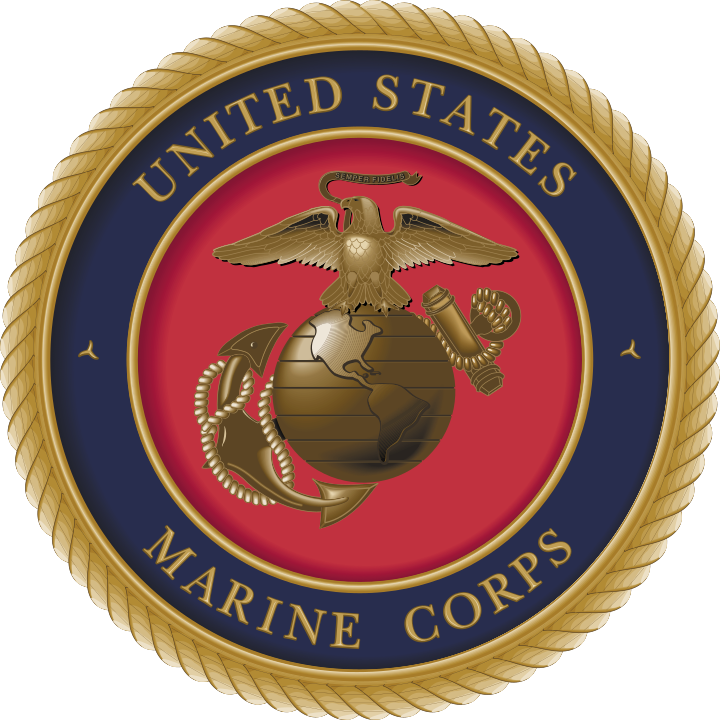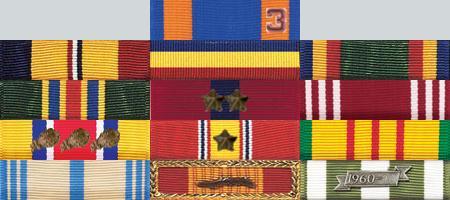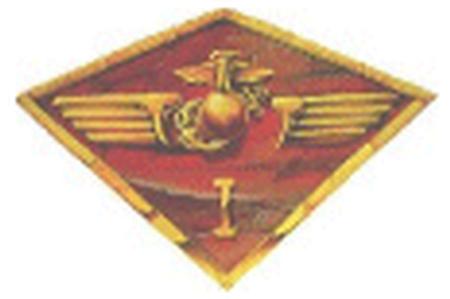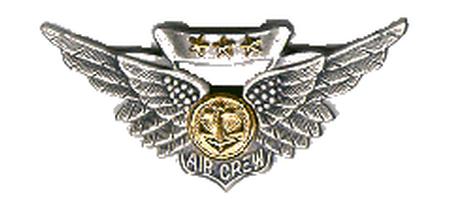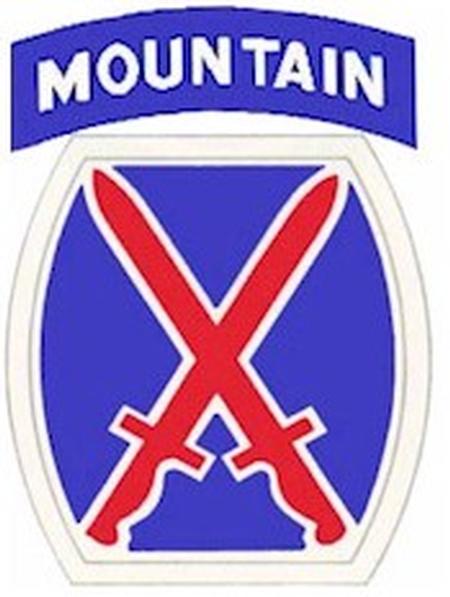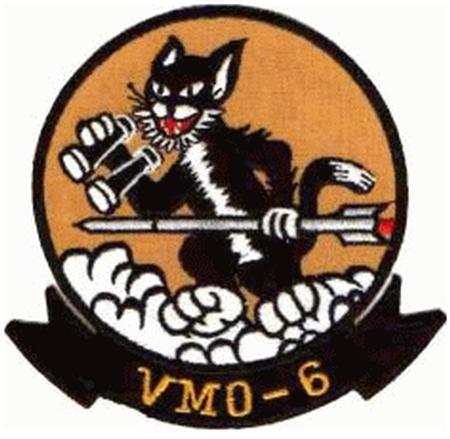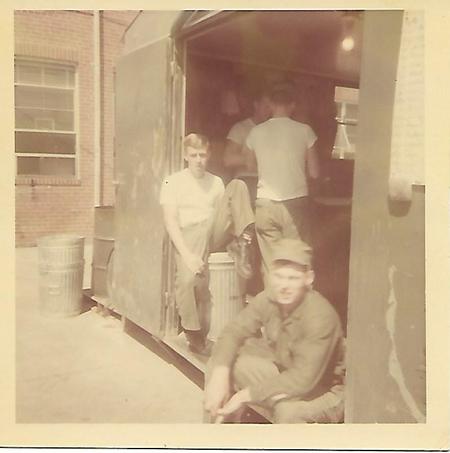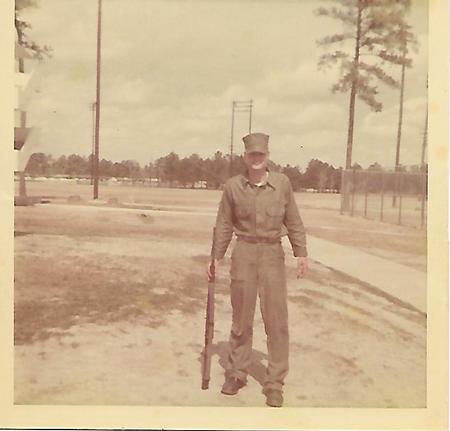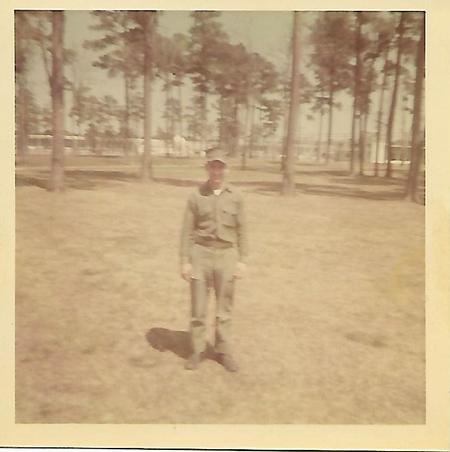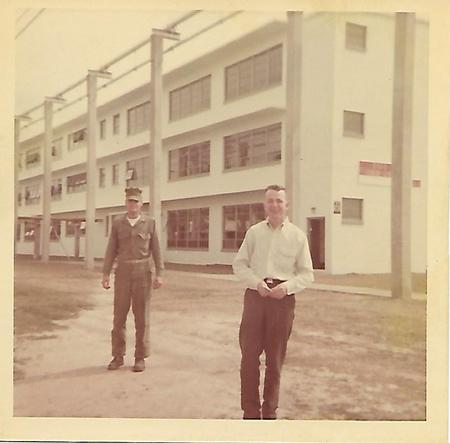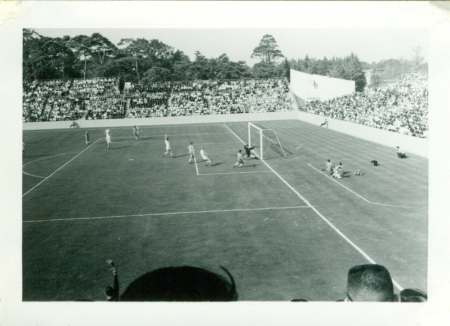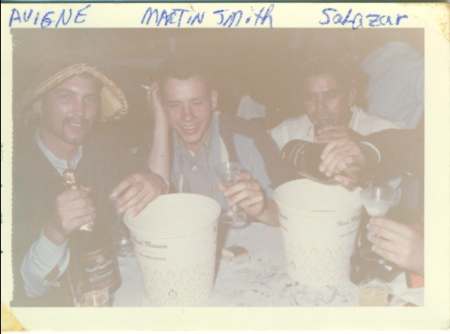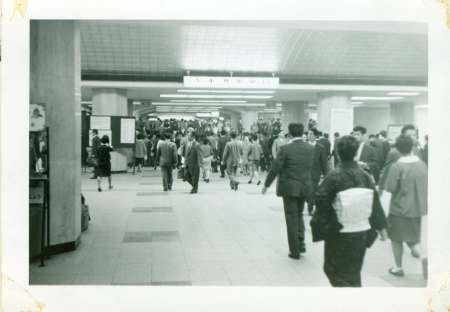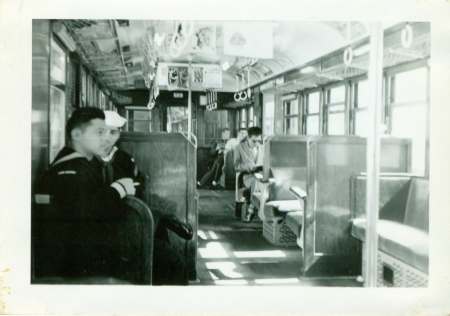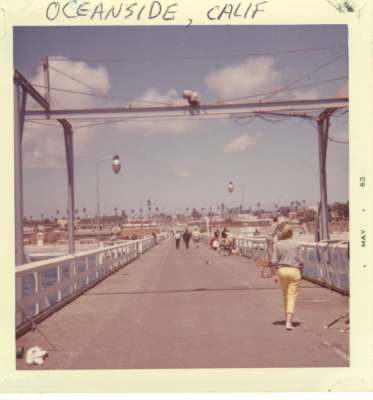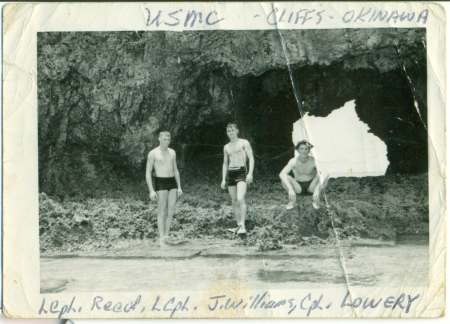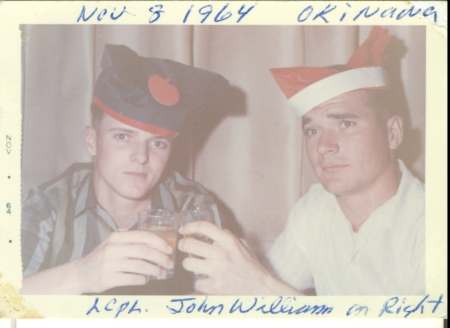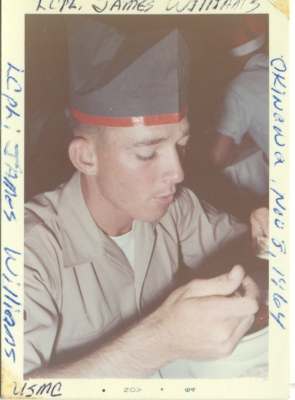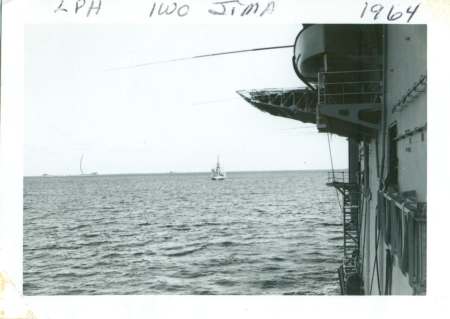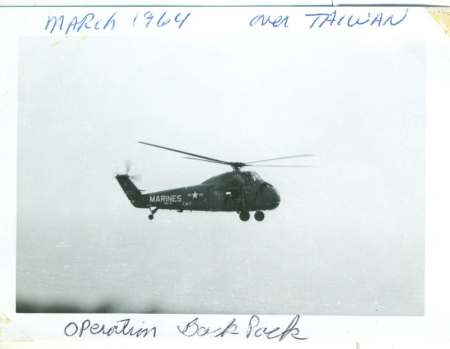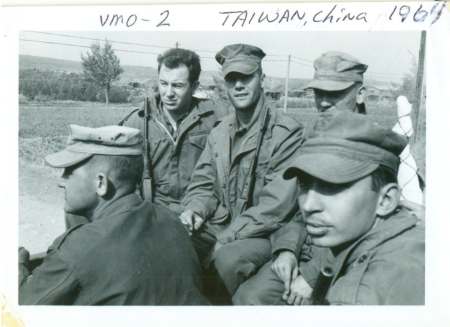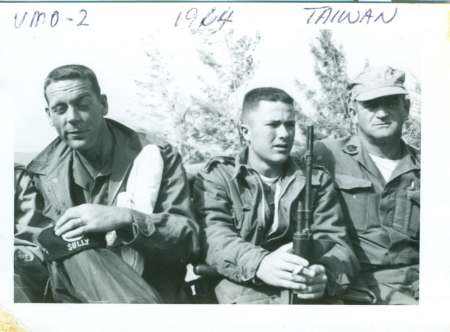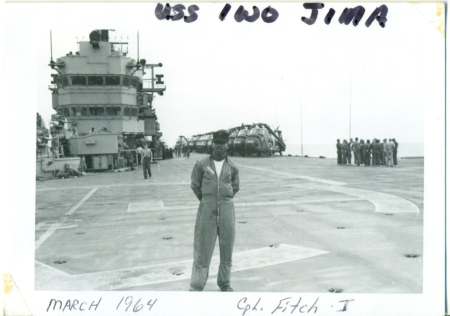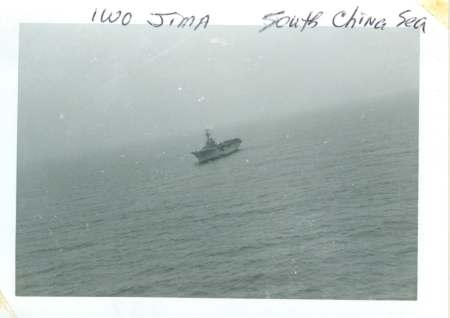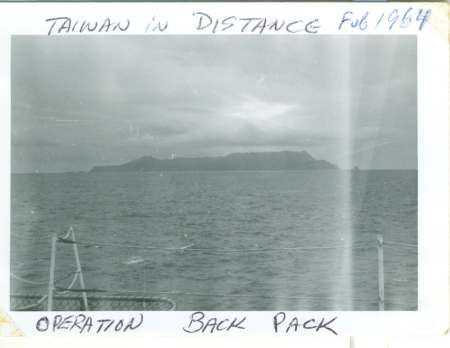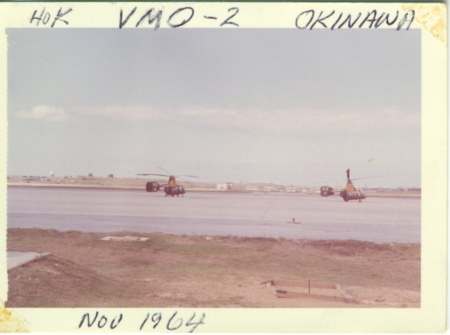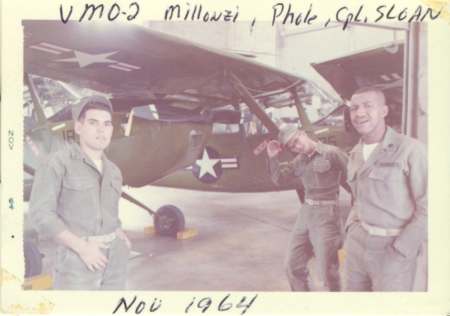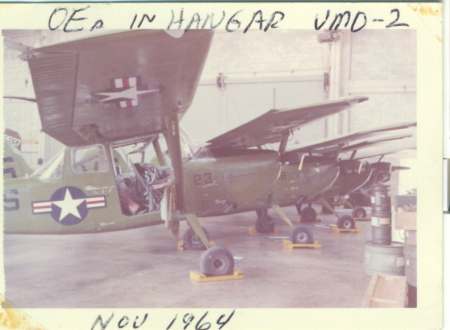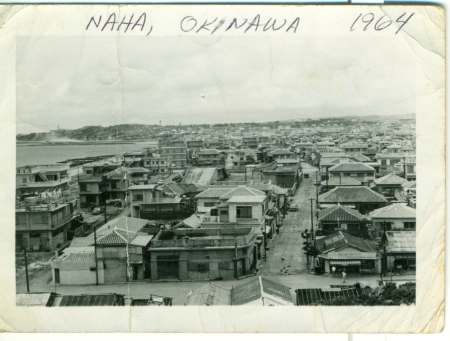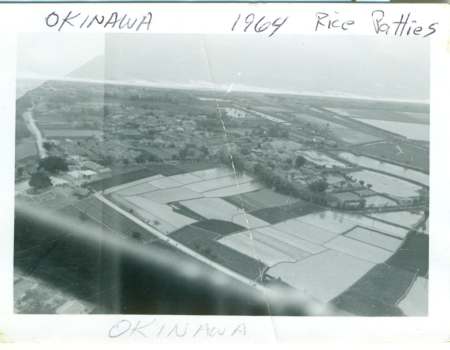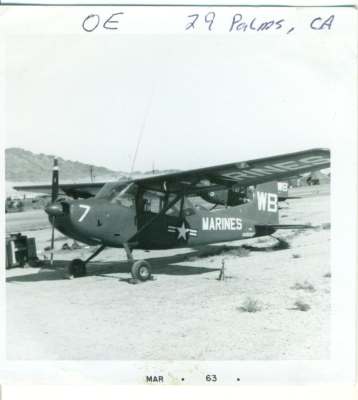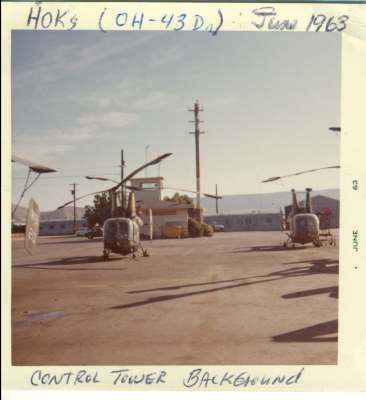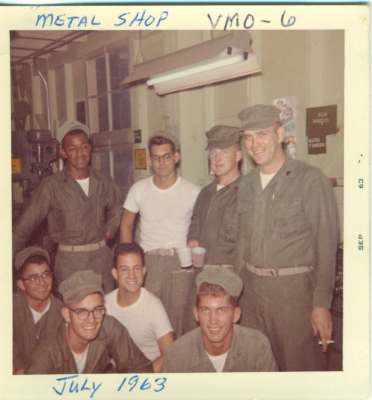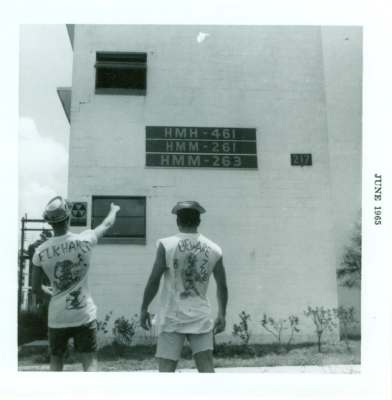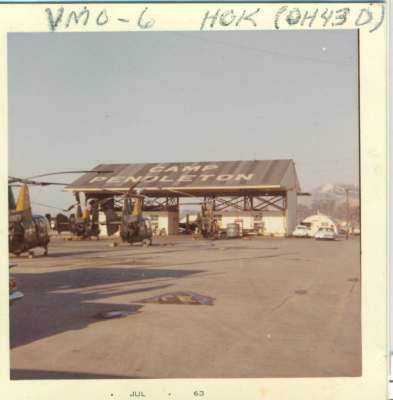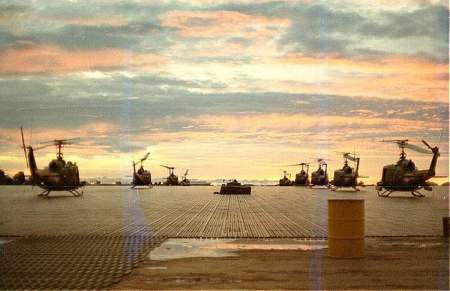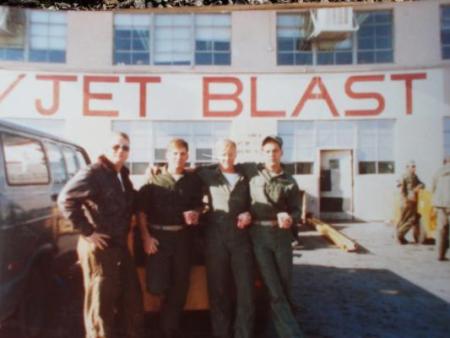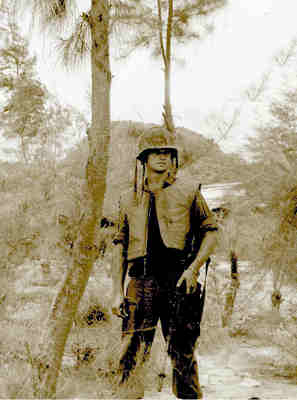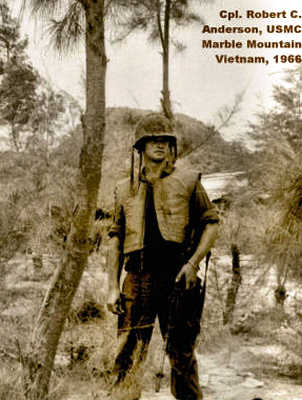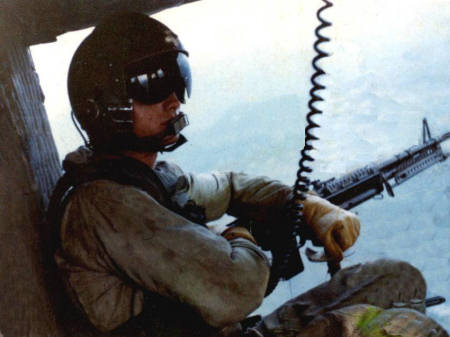ABOUT VMO-6
- Origins in World War II: Marine Observation Squadron 6 (VMO-6) was originally commissioned on December 1, 1920 as Division 6, VO-6M, making it one of the oldest aviation units in the Marine Corps by the time of World War II.
- Guadalcanal Campaign: VMO-6 played a crucial role in the Battle of Guadalcanal, performing artillery spotting, reconnaissance, and liaison duties under extremely hazardous conditions.
- First to Use Helicopters in Combat: During the Korean War, VMO-6 pioneered the use of helicopters in combat, particularly with the HO3S-1 and later the H-13 Sioux, revolutionizing battlefield medical evacuation (MEDEVAC).
- Chosin Reservoir Evacuations: In December 1950, VMO-6 helicopters evacuated over 800 wounded Marines and delivered 20 tons of supplies during the famous Battle of the Chosin Reservoir.
- Korean War Heroism: VMO-6 pilots, including Medal of Honor recipient 1st Lt. John Kelvin Koelsch, demonstrated extraordinary bravery flying rescue missions behind enemy lines.
- Vietnam War Service: VMO-6 deployed to South Vietnam in 1965, operating UH-1E "Huey" helicopters and OV-10 Bronco aircraft for aerial reconnaissance, close air support, and MEDEVAC missions.
- Call Sign "Cherry Six": The unit's iconic call sign, "Cherry Six," became well known during the Vietnam War and was used for both air and ground communications.
- Final Deactivation: VMO-6 was deactivated on January 1, 1977, after more than five decades of distinguished service in the Marine Corps.
- Decorations: The squadron was highly decorated, earning Presidential Unit Citations, Navy Unit Commendations, and several campaign streamers for its actions in World War II, Korea, and Vietnam.
- Mascot: VMO-6 adopted a bulldog as its mascot, in line with Marine Corps tradition, symbolizing their tenacity and fighting spirit throughout their operational history.

